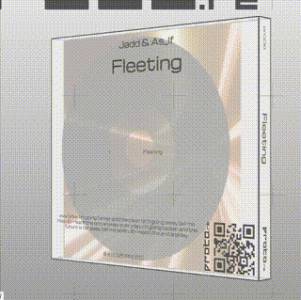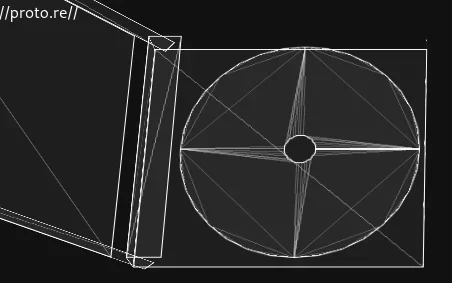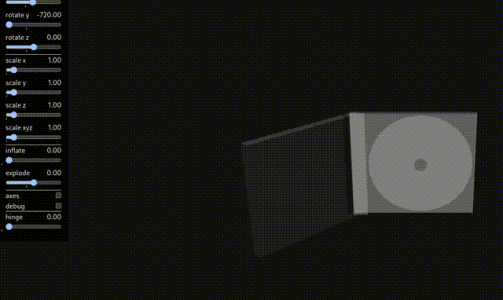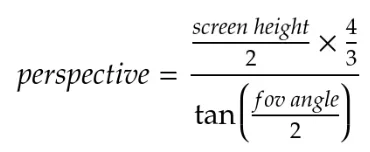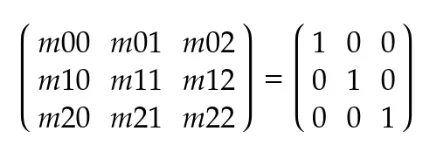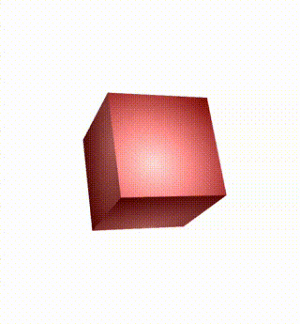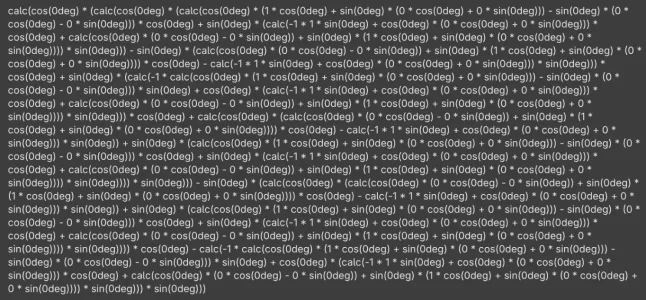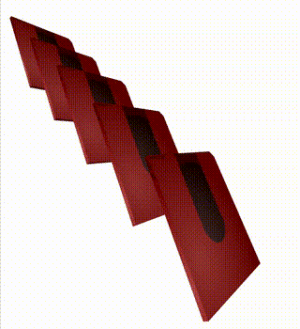jadd
Well-known member
- Joined
- Jun 28, 2024
- Messages
- 63
- Reaction score
- 291
- Location
- somewhere plagued by concrete
- Website
- proto.re
- Gold
- 6,423
About the proto.re project
Welcome to an out of character thread where I'll share my web development journey for the new version of my proto.re website. If you are out of the loop, proto.re is where I share my music releases.
It's been long overdue that I rework the website scaffolding and design, the current 5 year old version being too rigid content-wise and necessitating a full blown server & database for some reason.
The plan is to completely change the intent of the website from a generic record label to an in-world organization that gathers data archives and more. (you might have seen beginnings of this change in my art post)
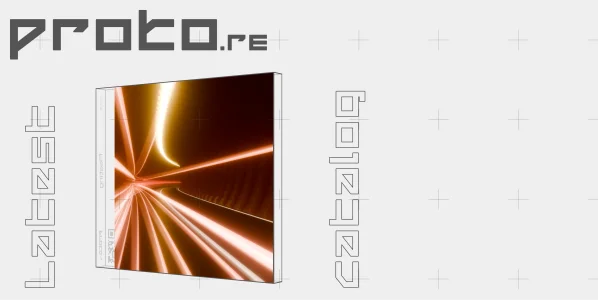
The current version is kinda barebones ngl.
I've made so many tech demos these last years to find what would be feasible and what would be cool, from gapless audio streaming, live audio effects, advanced 3d elements, advanced vfxs; now i think it's time to start the development for real or else I'll be still stuck in this demo stage forever.
I have many broad ideas for design and features, but no clear and precise plan yet. The first steps will be to create the base building blocks before I settle on design and features.
I think I should also make a progressive deployment of the website, feature by feature, instead of waiting until it is perfect to replace the first version, otherwise it might take up to year to properly polish my vision.
The design of the website would be largely inspired from turn of the century era websites, especially those waging into vectorheart aesthetics. It would feature 3d elements mixed with 2d vector blocks, constrained on a small viewport to emulate old 1024px wide websites. Later in the dev cycle, the focus will be on interactivity and animations, trying to emulate that Flash feel.
Here's a non exhaustive list of features I would like to implement, in order of importance:
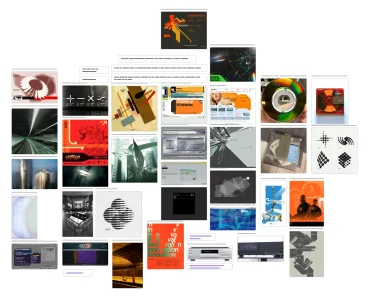
You might or might not recognize your art on there.
As for the tech stack, I will be using the Astro website generator to take advantage of its powerful content management features and full control on the technical side of things. For interactive elements, I plan to use the SolidJS framework. The resulting static HTML files will be deployed on Cloudflare Pages for simplicity, and that would allow me to have dynamic content in the future with Workers if needed. For the design implementation I still haven't decided if I should use TailwindCSS or not, but many elements will be handmade in (S)CSS anyway to build my complex ideas.
Coming up, the first building block for my design ideas: dynamically shaded 3D elements.
Welcome to an out of character thread where I'll share my web development journey for the new version of my proto.re website. If you are out of the loop, proto.re is where I share my music releases.
It's been long overdue that I rework the website scaffolding and design, the current 5 year old version being too rigid content-wise and necessitating a full blown server & database for some reason.
The plan is to completely change the intent of the website from a generic record label to an in-world organization that gathers data archives and more. (you might have seen beginnings of this change in my art post)

The current version is kinda barebones ngl.
I've made so many tech demos these last years to find what would be feasible and what would be cool, from gapless audio streaming, live audio effects, advanced 3d elements, advanced vfxs; now i think it's time to start the development for real or else I'll be still stuck in this demo stage forever.
I have many broad ideas for design and features, but no clear and precise plan yet. The first steps will be to create the base building blocks before I settle on design and features.
I think I should also make a progressive deployment of the website, feature by feature, instead of waiting until it is perfect to replace the first version, otherwise it might take up to year to properly polish my vision.
The design of the website would be largely inspired from turn of the century era websites, especially those waging into vectorheart aesthetics. It would feature 3d elements mixed with 2d vector blocks, constrained on a small viewport to emulate old 1024px wide websites. Later in the dev cycle, the focus will be on interactivity and animations, trying to emulate that Flash feel.
Here's a non exhaustive list of features I would like to implement, in order of importance:
- Maintain all previous version URLs with redirects
- SEO and social network meta-tags (something really important missing in the previous version)
- Media archive not limited to music releases but also images/text/video, some would be hidden or private
- Generic link pages for release / profile promotion
- Generic short links
- Music player with adaptive bitrate streaming, gapless playback, playlist management, speed control and visualizer
- World lore wiki / codex
- Interactive world map

You might or might not recognize your art on there.
As for the tech stack, I will be using the Astro website generator to take advantage of its powerful content management features and full control on the technical side of things. For interactive elements, I plan to use the SolidJS framework. The resulting static HTML files will be deployed on Cloudflare Pages for simplicity, and that would allow me to have dynamic content in the future with Workers if needed. For the design implementation I still haven't decided if I should use TailwindCSS or not, but many elements will be handmade in (S)CSS anyway to build my complex ideas.
Coming up, the first building block for my design ideas: dynamically shaded 3D elements.
Last edited:

